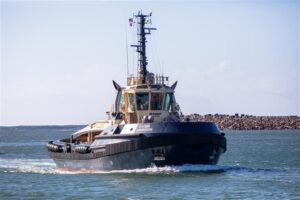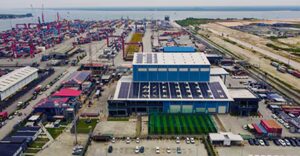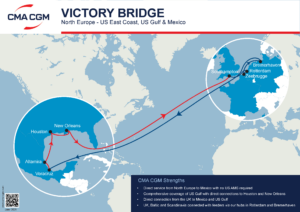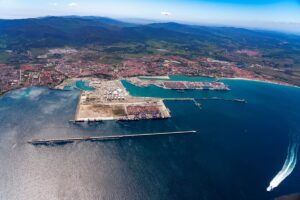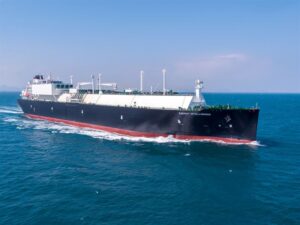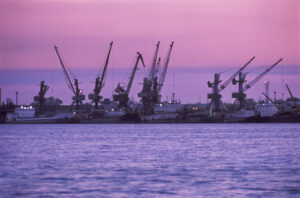Global trade is expected to increase in August, although supply chain bottlenecks and congestion still hamper full pre-pandemic recovery.
The latest data update of the Kiel Trade Indicator shows an increase of 1.2 per cent in global trade in August compared with July (price and seasonally adjusted).
For Germany’s trade, trends are negative with both imports (-0.2 per cent) and exports (-0.7 per cent) in the red as congestion at major German ports has slowly started to stabilise.
For the EU, there is virtually no change in sight, with imports (-0.1 per cent) and exports (+0.1 per cent) likely to be at the level of the previous month.
US imports are showing an increase of 1.8 per cent compared to July, 0.3 per cent for exports. Congestion in the US states of South Carolina and Georgia has skyrocketed over the past months.
A negative value for exports is also projected for China (-4.6 per cent), while the Kiel’s indicator shows a minimal increase for imports (0.3 per cent).
Exports in Russia are up 2.3 per cent compared to the previous month’s level, while imports (0.1 per cent) remain stable.
READ: Global trade soars hitting record $7.7 trillion in 2022 first quarter
“Inflation mechanically increases exports in many countries, as rising prices also increase nominal trade values as typically reported in official statistics,” said Vincent Stamer, Head of the Kiel Trade Indicator.
“In fact, however, price-adjusted exports of major industrialised countries are still below pre-pandemic 2019 levels. Supply bottlenecks are likely responsible in part for this development. Rising energy prices will put further pressure on the competitiveness of European companies in the short and medium term.”
Based on Kiel Trade Indicator values, Germany is exporting around 7 per cent fewer goods than in 2019. Only Italy and Japan are exporting above pre COVID-19 levels in the G7 group, whilst world trade is over 6 per cent above its pre pandemic levels.
“Since the beginning of the year, freight rates for seaborne trade from Asia to Northern Europe and North America’s West Coast have dropped significantly from over $14,000 per Container to $4,000 and $8,000, respectively,” Stamer added.
“However, congestion is preventing a return to pre-pandemic levels. High transportation costs are hindering a further recovery in global trade.”


